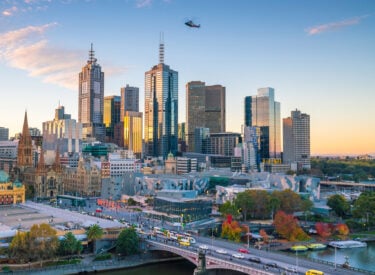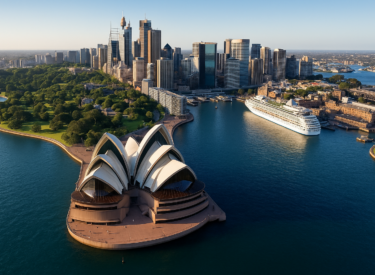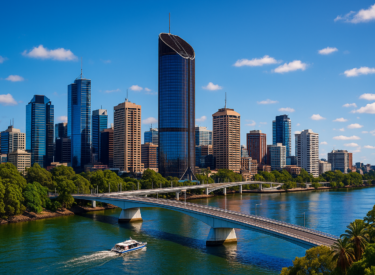In some of Melbourne’s prestigious eastern suburbs, units are fetching higher prices than typical homes.
This trend is fueled by demand from downsizers seeking high-specification yet low-maintenance living, alongside families who find houses financially out of reach.
Recent data from Domain reveals that the median prices in the four most expensive suburbs for units exceed Melbourne's overall median dwelling price of $885,328 by up to $250,000.

Notably, Brighton and Toorak are at the forefront, with median unit prices of $1,135,000 and $927,550, respectively.
The appeal is particularly strong in Melbourne’s inner and outer east.
For instance, Mount Waverley ranks second with a median unit price of $960,000, while Surrey Hills follows closely with $906,000.
Six of the ten highest-priced unit suburbs are nestled in these leafy areas.
In an article from The Age, Dr Nicola Powell, Domain's Chief of Research and Economics, explains that units and townhouses in these locales often boast superior quality.
She explains:
“Purchasing a unit in Toorak, for example, means expecting high-level inclusions that justify a significant price premium.
These properties typically attract downsizers who've profited from selling their large-family homes in the same region."
These townhouses, often resembling high-quality builds with additional features such as butler’s pantries and multiple bathrooms, also attract international buyers seeking hassle-free living.
The Age article also highlighted that the market dynamics are similar in the northern suburbs of Balwyn and Surrey Hills, where young professionals without children and dual-income households are active buyers.
Beyond the leafy domains, inner-city locations like Toorak and Fitzroy, along with bayside areas such as Brighton and Hampton, complete the top ten list.
“People are willing to pay a premium for the prestige of living in blue-chip areas, whether it's for the proximity to the city or access to top-tier amenities and schools,” Dr Powell concludes.
A note for investors...
There are around 11 million dwellings in Australia, and they’re not all created equal.
In fact, in my mind, fewer than 4% of the properties on the market at any given time are what I would call “investment grade”.
We’ve written plenty of articles and voiced many podcasts over time to share what I consider an investment-grade property is (more here and here, if you’d like to explore), so I won’t go into the characteristics of a great investment or the type of properties that fit these criteria.
Instead, I encourage you to consider:
- What your investment goals are
- Why do you want to invest in property
- And how real estate can help you reach your goals?
Your property journey might involve a Melbourne-based property.
It could involve two.
It may even involve 10!
Or it could include none.
The right investment strategy for you is personal and based on your own unique risk profile, income, expenses and goals.
Taking all of these into consideration to work out your “goal” is key because once you know what you’re aiming for, it becomes much easier to plan the steps you need to take to get there.














